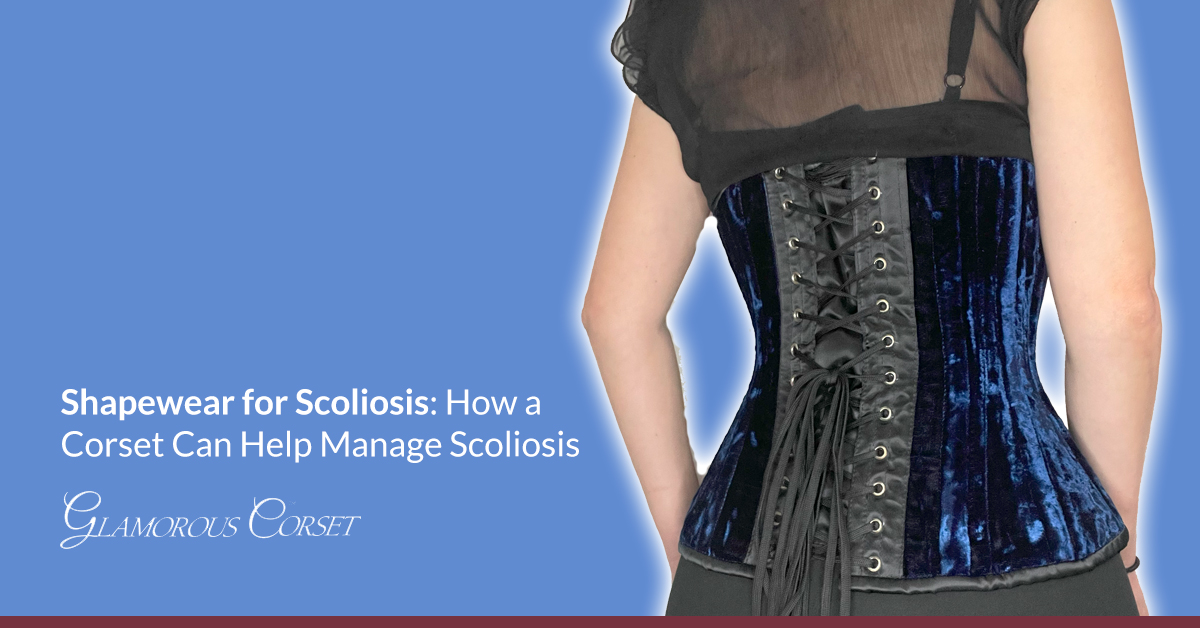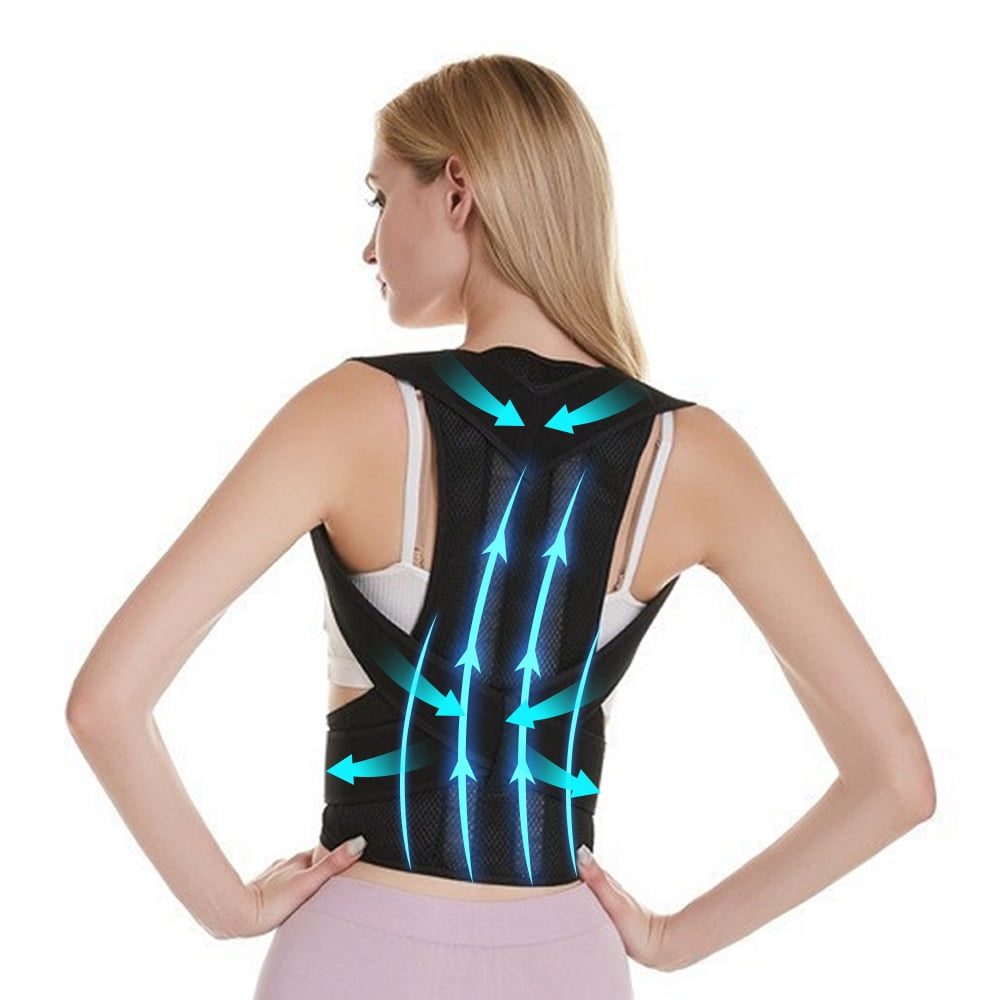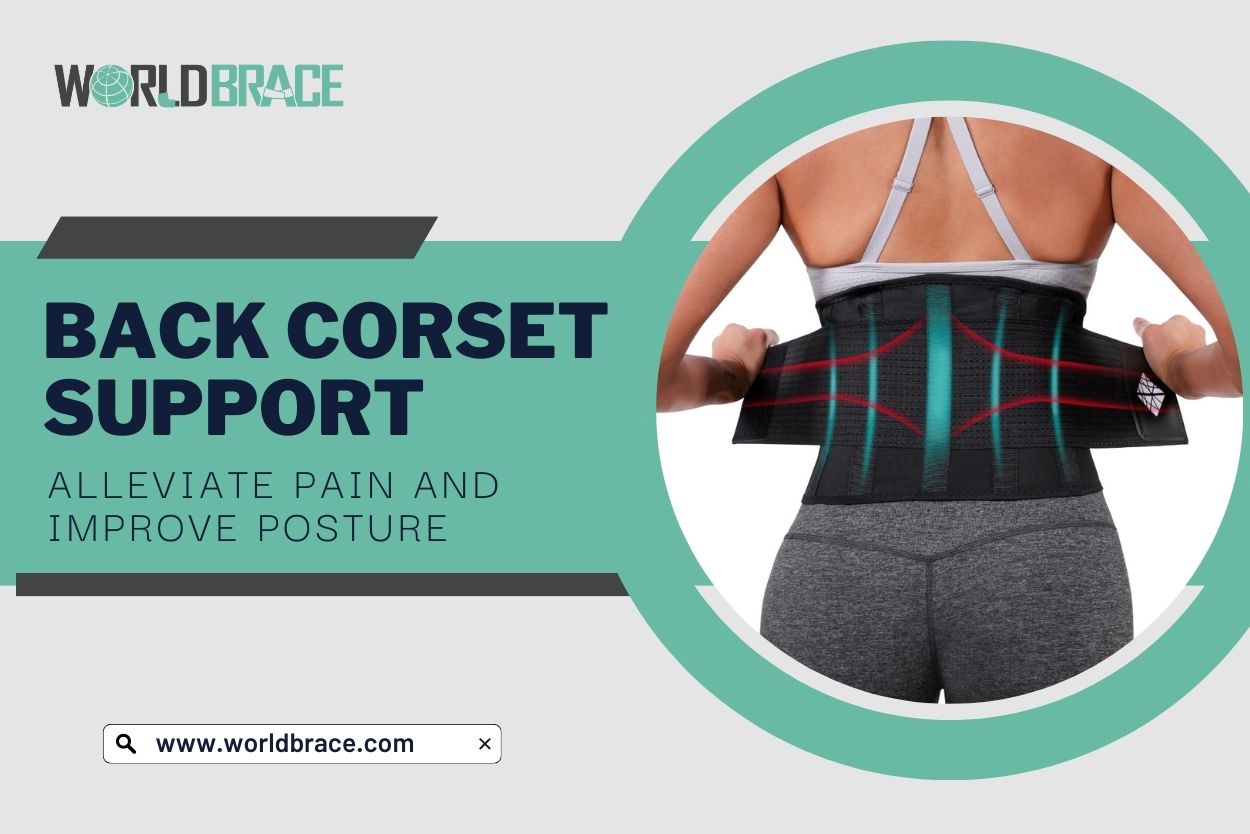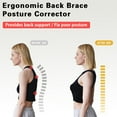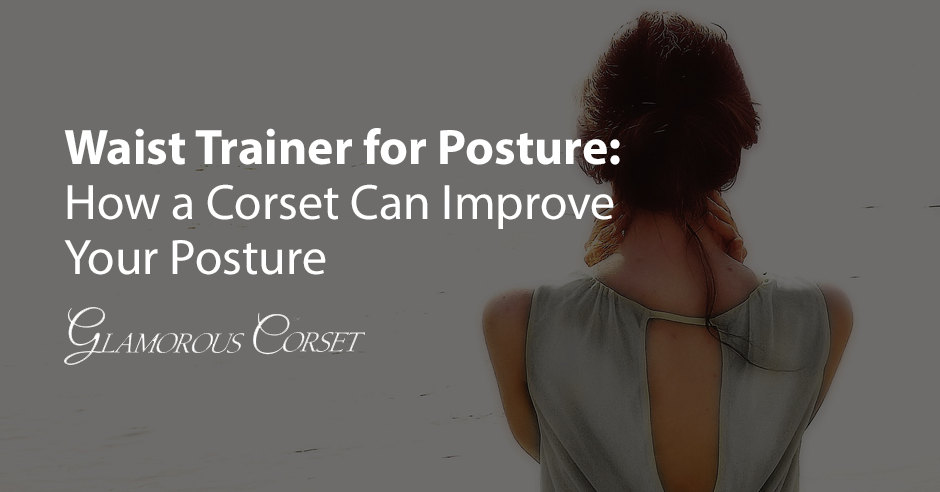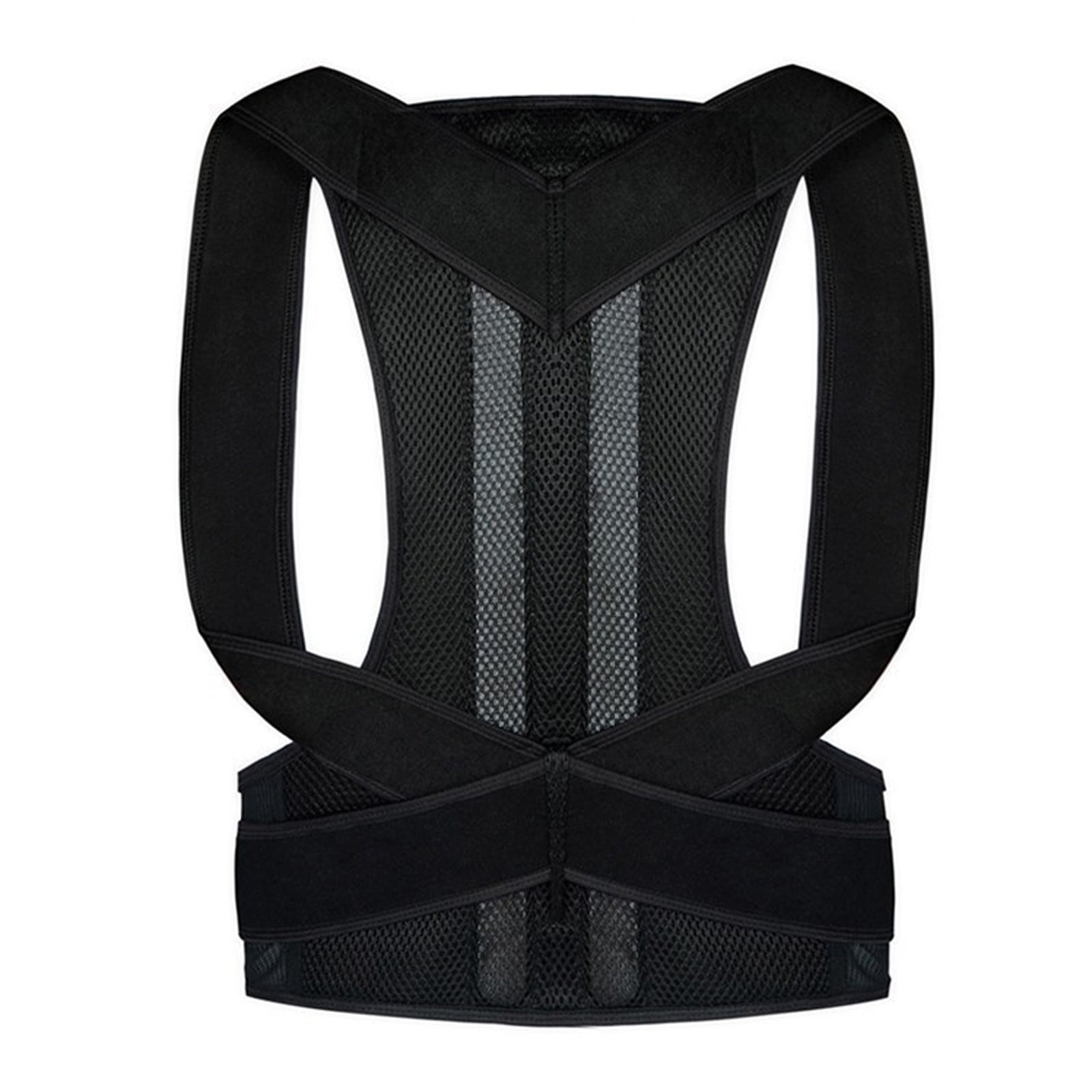Can A Corset Help With Posture
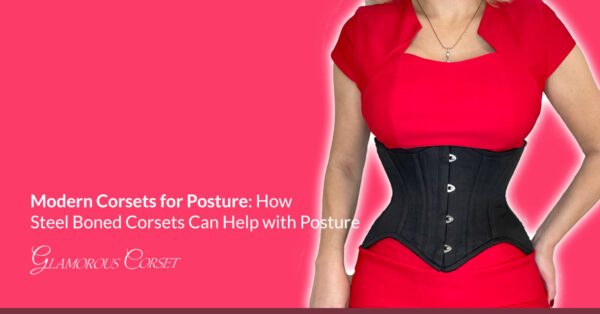
Imagine standing tall, shoulders back, with a newfound sense of confidence radiating from within. Sunlight catches the curve of your spine, highlighting a posture that feels both natural and powerful. For centuries, the corset has been associated with shaping the body, but could it also be a key to unlocking better posture and overall well-being?
This article explores the multifaceted relationship between corsets and posture, delving into historical context, expert opinions, and practical considerations. We'll uncover the potential benefits and debunk common misconceptions surrounding this age-old garment.
A History of Support and Shaping
The corset's journey through history is a fascinating tapestry of fashion, social norms, and evolving understandings of the human body. From the restrictive whalebone contraptions of the Victorian era to the more flexible and supportive designs of today, the corset has continually adapted to meet the needs and desires of its wearers.
Historically, corsets were primarily designed to create a specific silhouette. However, even in their most restrictive forms, they inadvertently provided some degree of postural support, encouraging wearers to stand straighter to maintain comfort and avoid discomfort.
The Modern Corset: More Than Just a Fashion Statement
The modern corset bears little resemblance to its rigid predecessors. Contemporary designs prioritize comfort, flexibility, and support, utilizing materials like breathable fabrics and flexible boning to create a garment that can be worn for extended periods without compromising well-being.
Waist training, a popular trend involving the consistent wearing of a corset to gradually reduce the waistline, has brought renewed attention to the potential postural benefits of corsetry.
However, it's important to distinguish between responsible corset use and extreme waist training, which can pose health risks if not approached with caution and expert guidance.
Expert Opinions on Corsets and Posture
While the anecdotal evidence suggests a positive correlation between corset wear and improved posture, what do the experts say? We consulted with chiropractors and physiotherapists to gather their perspectives on the topic.
Many experts acknowledge that a properly fitted corset can provide temporary support to the spine, encouraging the wearer to adopt a more upright posture. This can be particularly beneficial for individuals who struggle with slouching or have weak core muscles.
“A corset can act as an external support system, helping to stabilize the spine and promote better alignment," explains Dr. Emily Carter, a leading chiropractor specializing in postural correction.
However, Dr. Carter cautions that corsets should not be viewed as a long-term solution for postural problems. "Relying solely on a corset can weaken the core muscles over time, exacerbating the underlying issue."
The Importance of Core Strength
Strengthening the core muscles is essential for maintaining good posture independently of a corset. Exercises such as planks, bridges, and abdominal crunches can help to build a strong foundation of support for the spine.
Physiotherapist David Lee emphasizes the importance of a holistic approach to postural correction. "A corset can be a useful tool in conjunction with targeted exercises and lifestyle modifications, but it's not a substitute for a comprehensive treatment plan."
According to Lee, focusing on proper ergonomics, regular stretching, and mindful movement are crucial for long-term postural health.
Choosing the Right Corset for Postural Support
Selecting the right corset is crucial for maximizing its potential benefits and minimizing the risk of discomfort or injury. A properly fitted corset should provide gentle support without restricting movement or causing pain.
It's essential to choose a corset made from breathable materials and with flexible boning to allow for a comfortable range of motion. Avoid corsets that are excessively tight or restrict breathing, as these can negatively impact your health and well-being.
Consider seeking guidance from a professional corset fitter to ensure you select a garment that is appropriate for your body type and postural needs.
Debunking Common Misconceptions
Despite their potential benefits, corsets are often associated with negative stereotypes and misconceptions. One common misconception is that corsets are inherently harmful or restrictive.
While it's true that excessively tight corsets can pose health risks, modern corsets are designed with comfort and safety in mind. When worn correctly and in moderation, they can be a valuable tool for improving posture and enhancing confidence.
Another misconception is that corsets are only for women. In reality, corsets can be beneficial for individuals of all genders who are seeking postural support or body shaping.
Beyond the Corset: Lifestyle Factors for Good Posture
While a corset can provide temporary support, lasting improvements in posture require a multifaceted approach that addresses underlying lifestyle factors. Maintaining a healthy weight, engaging in regular exercise, and practicing good ergonomics are all essential for promoting optimal spinal alignment.
Paying attention to your posture throughout the day, whether you're sitting at a desk or standing in line, can make a significant difference over time. Aim to keep your shoulders back, your chest lifted, and your core engaged.
Consider incorporating stretching exercises into your daily routine to improve flexibility and reduce muscle tension. Yoga, Pilates, and Tai Chi are all excellent options for promoting postural awareness and overall well-being.
A Balanced Perspective
The relationship between corsets and posture is complex and multifaceted. While a properly fitted corset can provide temporary support and encourage better alignment, it's not a magic bullet for postural problems.
A holistic approach that combines corset wear with targeted exercises, lifestyle modifications, and expert guidance is essential for achieving lasting improvements in posture and overall well-being.
Ultimately, the decision of whether or not to wear a corset for postural support is a personal one. By weighing the potential benefits against the potential risks and consulting with healthcare professionals, you can make an informed choice that is right for you.
As you navigate your journey toward better posture, remember that consistency, patience, and self-compassion are key. Celebrate small victories along the way and embrace the process of becoming more aware of your body and its needs.


